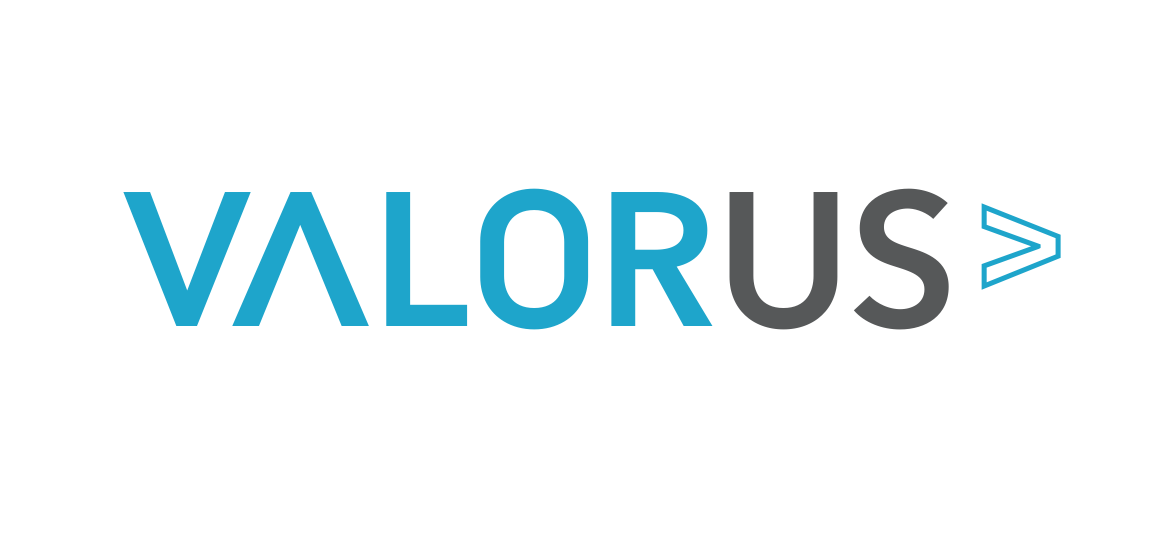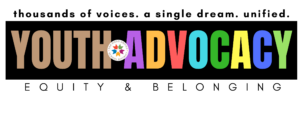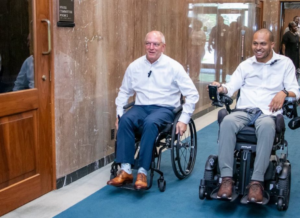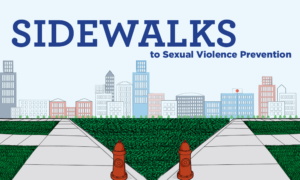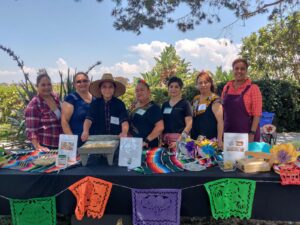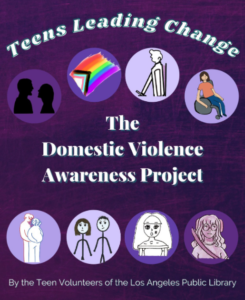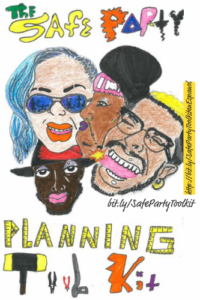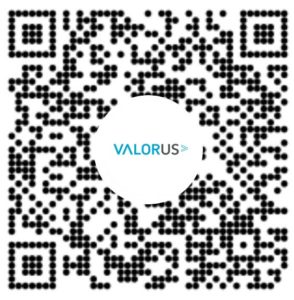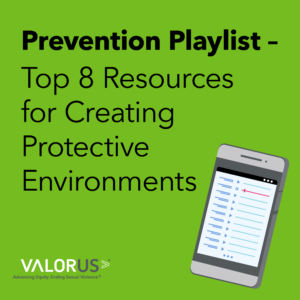
In 2023, VALOR and California’s Rape Prevention Education (RPE) Program hosted a web conference series focused on Creating Protective Environments for violence prevention. The series shares examples of programs implementing protective environment strategies, as evidence suggests that efforts alone improve perceived or actual safety and reduce opportunities for violence in the entire community.
Head over to VALOR’s website to find recordings and slides for Day 1 and Day 2 and check out our playlist of program examples that create or provide guidelines to create protective environments below:
All Children Thrive focuses on sustainable policy change centering youth and their families in their prevention work. They work to gather data, raise awareness around ACEs prevention and social determinants of health, and bring resources and connection opportunities to folks doing similar work across the state. One of the unique features of this program is that they have a process mapping strategy with their funded projects that breaks down the policy campaign process with a step-by-step guide.
2. Youth Advocacy Department of San Diego Unified School District (SDUSD)
The work that the Youth Advocacy Department of SDUSD focuses on creating protective environments for LGBTQ+ youth. One of the strategies they discussed was the implementation of a policy change on a district level, and how they continued to monitor the implementation of the resolution.
Roll With Me is a program in which Mark Raymond Jr., CEO of the Split Second Foundation, invites local civic leaders to navigate their cities in wheelchairs. He hopes the effort will help them better understand the experiences of wheelchair users. This highlights the need for improvement in their city to create safe environments for all community members and how improving the safety of one population can increase the safety for all people and prevent multiple forms of violence.
4. Sidewalks to Sexual Violence Prevention
Created by the Indiana Coalition Against Domestic Violence, this resource focuses on developing community solutions to increase the inclusion of folks with unique barriers such as developmental or intellectual disabilities in neighborhoods, public spaces, and businesses. The guide assists in exploring how to measure community data, organize around social mapping, and advocate for change.
Not One More Girl is a BIPOC youth-led community mobilization campaign to increase awareness, providing resources, and supporting folks using the Bay Area Rapid Transit (BART) public transportation system in California. The campaign demonstrates how to collaborate with non-traditional partners with the same goals of preventing and ending gender-based violence and harassment in transit systems.
Olivewood Gardens and Learning Center works to inspire multiple generations of community members to be healthy and active citizens through education and engagement around gardening, nutrition, and environmental stewardship. One of their most successful programs focuses on increasing community connection and financial security through their Kitchenistas Community Engagement Program. In this program, community members learn about nutrition and health, as well as leadership development, public speaking, emotional well-being, and financial literacy.
The Close to Home Community Mobilization model provides strategies for community members to plan and implement solutions that prevent sexual assault, domestic violence, and teen dating violence. The model’s main goal is to empower youth to become leaders in their communities to create positive change. California’s Department of Public Health (CDPH) provides a brief on how to apply the model in your own communities and organizations.
8. Safe OUTside the System Collaborative
The Safe OUTside the System Collaborative is an anti-violence program led by Lesbian, Gay, Bisexual, Two-Spirit, Trans, and Gender Non-conforming People of Color created by The Audre Lorde Project. The collaborative is made up of folks who are committed to challenging the hate and police violence in their communities by using and creating community-based anti-violence strategies rather than law enforcement. Their SafeParty Toolkit ZINE works to create a safe space for partygoers and a community where violence isn’t tolerated.
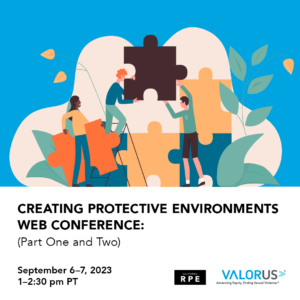
For more information about protective environments and violence prevention, check out ourCreating Protective Environments two-part series!

